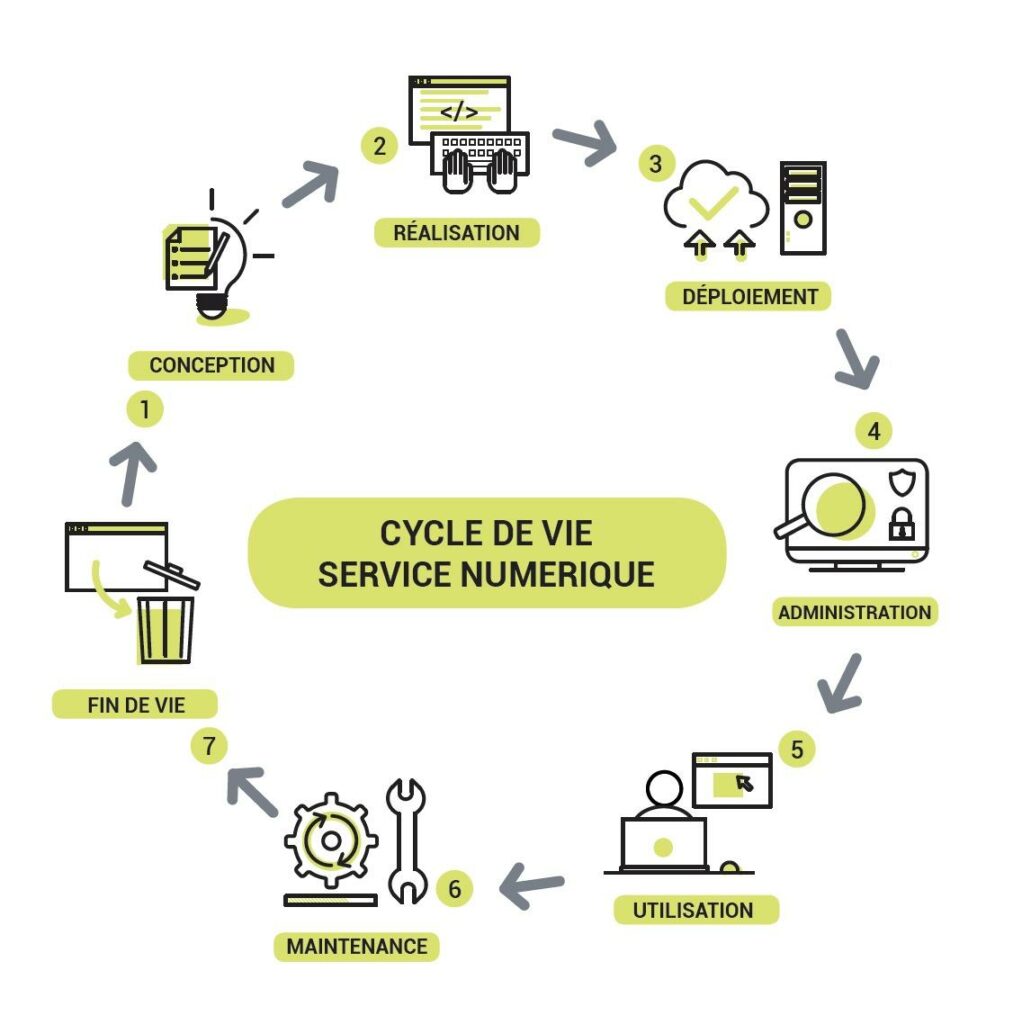Managing software licenses and versions in companies is often a real headache, especially for tools as essential as office suites. Microsoft, the undisputed leader in this segment, has been able to impose its office suite as a market standard and has evolved it over the years to adapt it to new needs and new uses. The latest, most technologically advanced versions offer an increasingly connected, collaborative and fluid user experience, marked by a strong commitment from the publisher to cloud technologies with the Microsoft 365 on-demand license (the new name for Office 365) and the continuation of perpetual versions with the on premise office 2016 and 2019.
While the publisher's stated intention is to favour SaaS versions with subscription, the choice of IT departments using the Office suites must remain open to allow each one to select solutions according to its functional needs. IT Departments can thus build an optimised architecture in hybrid or perpetual mode, in line with their IT objectives in terms of use, projects and financial investment.
on premise vs. on demand, which version to choose?
Until recently, the issue of choosing between a on premise and a subscription with the Microsoft 365 version did not arise as strongly. In a commoditized sector such as the office suite, IT departments used to deploy software versions according to the environment and hardware compatibility. Depending on the age of the fleet, it was common to see versions of Office 2013, 2016, 2019 and 365 side by side. The current urgency forces to redefine the processes and to seek technological and economic balances to meet the functional needs of users and control investments.
By implementing an asset management strategy, IT departments are regaining power over software publishers. They are taking advantage of the opportunities offered by the second-hand licence market on premise with the Softcorner marketplace to follow their own technological investment objectives and not be subject to the roadmap of the publishers. The range of solutions on the second-hand software licensing market on premise allows IT departments to choose the versions adapted to the use of each service and to give each employee the tools he needs according to his profile. They can complete their software architecture on premise With Microsoft 365 on-demand licenses, for more specific profiles and configurations. Given the expected price increases on the cloud version in March 2022, it is in the best interest of CIOs to update the management of their on-demand office software assets in light of these financial considerations.
From a functional point of view, office 365 or office 2016/2019?
The choice of IT departments will first be conditioned by the functional coverage offered by the different versions on premise office 2016/2019 and on demand office 365. The notable differences between the definitive license versions (on premise) and with subscription (on demand) reside in the frequency of updates and the addition of new features. According to the publisher's announcements, Office 2019 is the latest version on premise and the updates it will receive consist primarily of security updates and patches. Functionally, the on-demand version of office 365 offers the same core features and applications as the office 2016 and 2019 solutions, with the addition of advanced collaborative features related to their cloud environment.
Considering the cost of on-demand licenses and the obligation to update computers (fixed, mobile) to meet the requirements of the on-demand version of Office 365, the possibility ofbuy licenses on premise office 2016 or 2019 on the Softcorner marketplace is a real bargain for companies. Through the secondary software license market, they can streamline their IT investments while maintaining a quality software offering for the company's employees.







